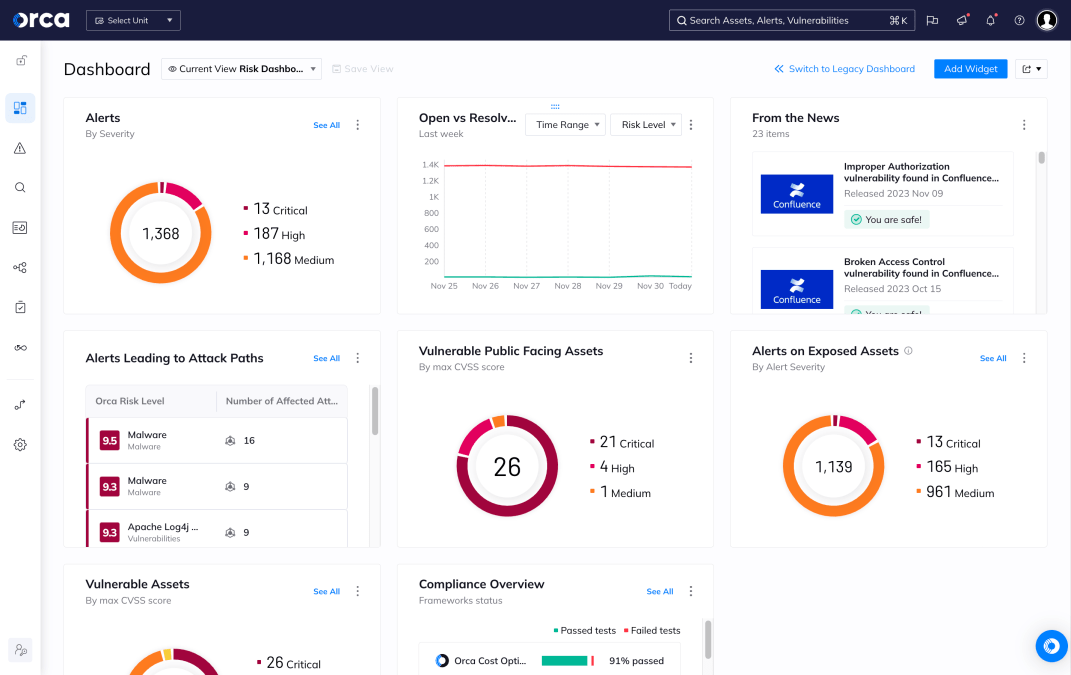Information Technology (IT) Security is the discipline focused on protecting digital systems, networks, data, and computing resources from unauthorized access, cyberattacks, and other security threats. It encompasses a wide range of strategies, policies, technologies, and controls designed to secure an organization’s digital environment. As businesses increasingly adopt cloud computing, IT security has evolved to cover on-premises, hybrid, and multi-cloud environments that require dynamic, continuous protection.
Why is it important?
IT security is essential for ensuring business continuity, maintaining customer trust, and complying with regulatory frameworks such as GDPR, HIPAA, and SOX. The average cost of a data breach continues to surpass previous records, according to IBM, underscoring the financial risk of inadequate security.
Strong IT security safeguards:
- Customer and employee data from theft or unauthorized access
- Intellectual property and proprietary information
- Reputation and brand trust in competitive markets
- Operational availability of systems and services
- Regulatory compliance to avoid legal and financial penalties
Cloud adoption amplifies the importance of IT security. Organizations must now defend distributed assets across virtual networks, containerized workloads, and serverless functions—often without direct physical control over infrastructure.
How does it work?
IT security relies on a layered defense strategy that spans multiple domains:
- Identity and access management (IAM): Controls user identities, roles, and access privileges
- Network security: Includes firewalls, VPNs, intrusion prevention systems (IPS), and network segmentation
- Endpoint security: Protects laptops, mobile devices, and servers through antivirus, EDR, and mobile device management
- Data security: Involves encryption, data masking, tokenization, and DLP tools
- Application security: Implements secure coding practices, runtime protection, and API security controls
- Cloud security: Uses CSPM, CNAPP, and microsegmentation to monitor configurations, detect misconfigurations, and enforce policies
- Security operations: Incorporates SIEM, SOAR, and XDR platforms for continuous monitoring, alert correlation, and incident response
In modern environments, IT security also includes supply chain risk management, container and Kubernetes security, and integration with DevSecOps processes.
Security risks and challenges
Organizations face numerous IT security threats, including:
- Ransomware and malware targeting data, endpoints, and cloud systems
- Phishing and social engineering that exploit human vulnerabilities
- Insider threats from employees or contractors misusing access
- Cloud misconfigurations exposing sensitive resources to the internet
- Advanced persistent threats (APTs) leveraging stealthy, multi-stage tactics
- Shadow IT resulting from unmanaged applications and infrastructure
Additional challenges include:
- Shared responsibility confusion in cloud environments
- Skills shortages that limit the ability to deploy and maintain defenses
- Lack of visibility into ephemeral assets like containers and serverless functions
- Tool sprawl leading to fragmented security and alert overload
Best practices and mitigation strategies
To build a resilient IT security program, organizations should adopt the following best practices:
- Implement zero trust principles, requiring continuous verification of identities and minimal access privileges
- Establish a risk-based approach guided by frameworks like NIST Cybersecurity Framework or ISO 27001
- Use infrastructure as code (IaC) to enforce consistent, auditable security configurations
- Automate security scanning in CI/CD pipelines to catch vulnerabilities early
- Monitor asset inventories and maintain visibility across cloud and on-prem resources
- Encrypt data at rest and in transit, using strong cryptographic protocols
- Conduct regular security assessments, penetration testing, and red teaming
- Deliver security awareness training to reduce human-related risks
- Test incident response plans with tabletop exercises and simulated attacks
Security teams should also align IT security efforts with broader business objectives and risk tolerance.
How Orca Security helps
The Orca Cloud Security Platform strengthens IT security in cloud environments by providing:
- Full coverage of cloud resources including configurations, workloads, identities, data, and more
- Dynamic and contextual risk prioritization that accounts for the risk- and asset-based factors that influence severity and business impact
- Comprehensive risk detection that covers all types of cloud risks, including vulnerabilities, misconfigurations, IAM risks, AI risks, API risks, sensitive data exposure, and more
- Multi-cloud compliance that delivers automated tracking, monitoring, and reporting against 185+ built-in regulatory and industry frameworks
- Bi-directional integrations with DevOps, developer, and security tools for enhanced collaboration, productivity, and efficiency




